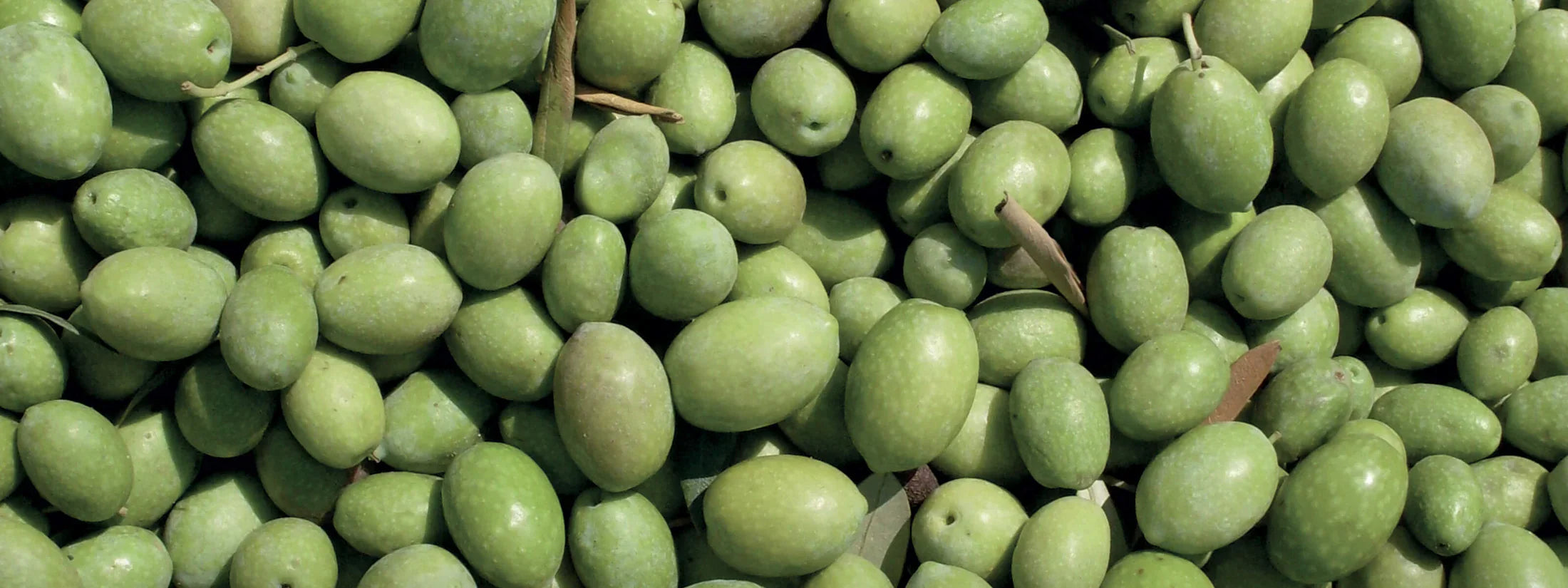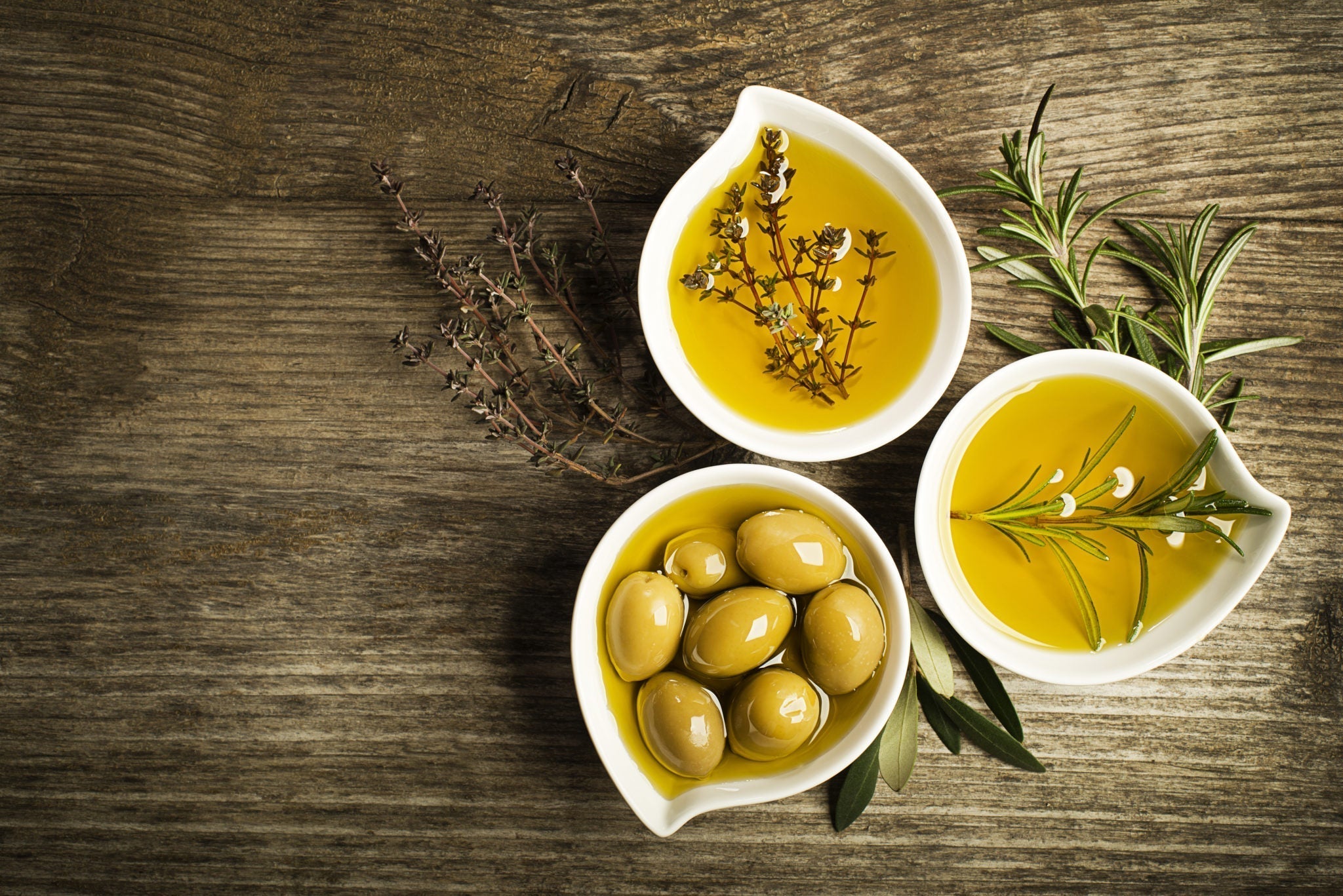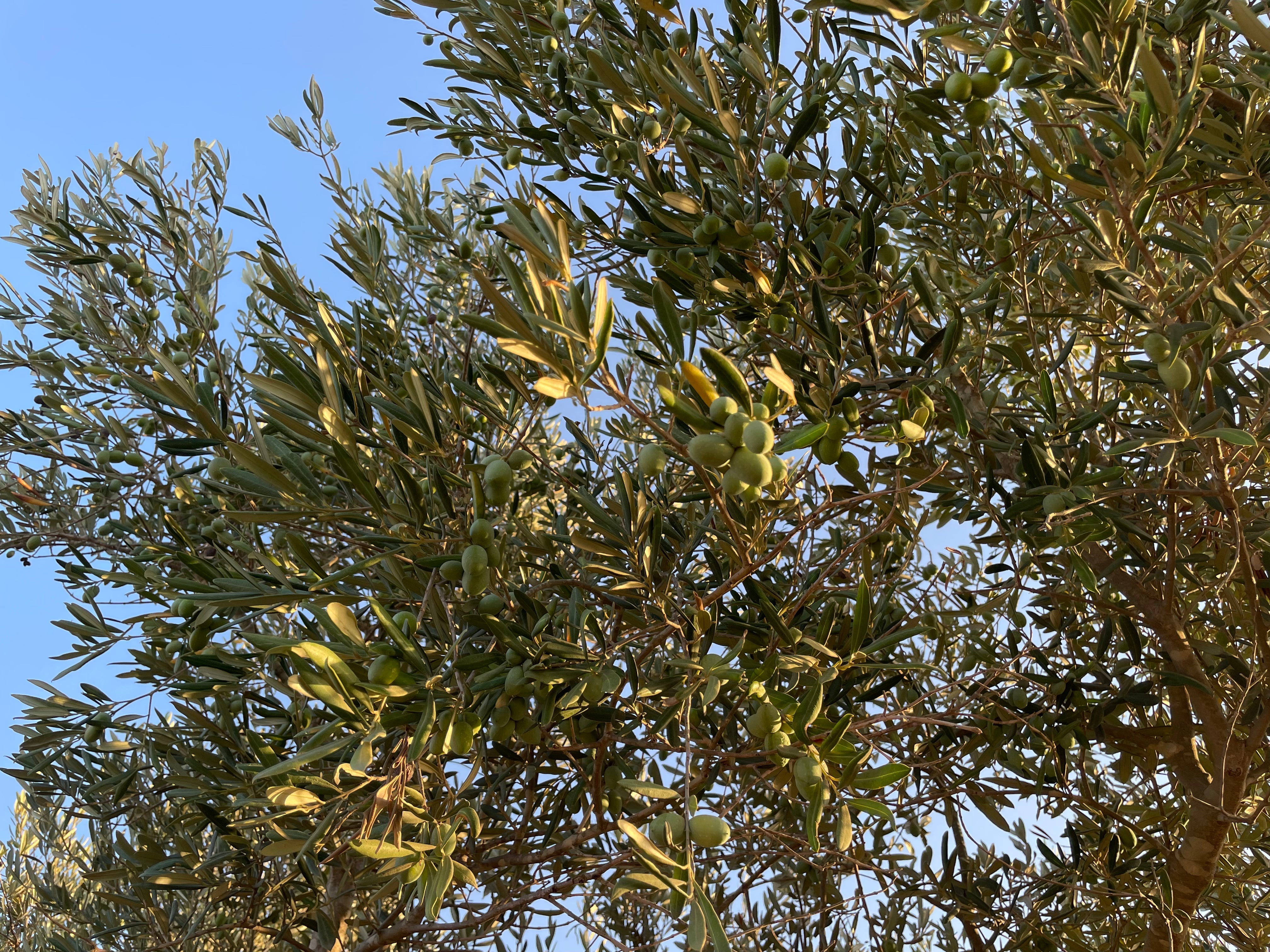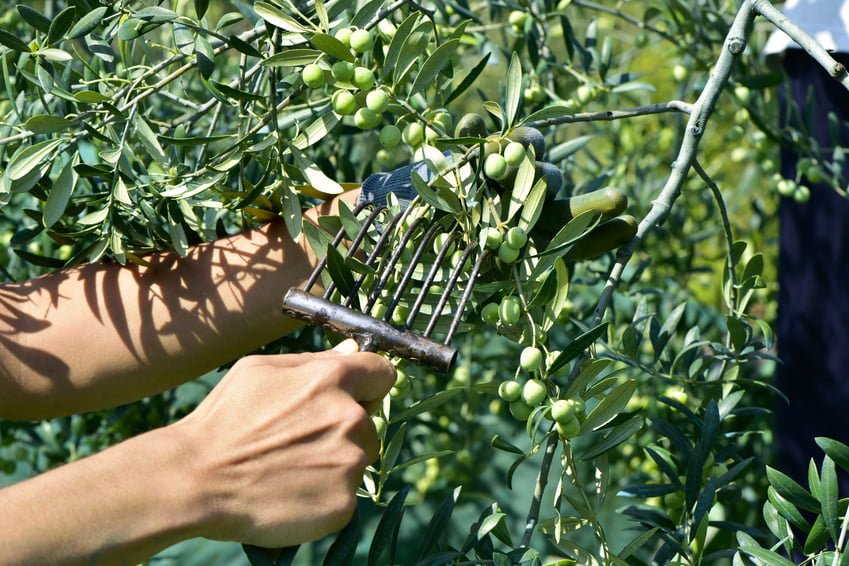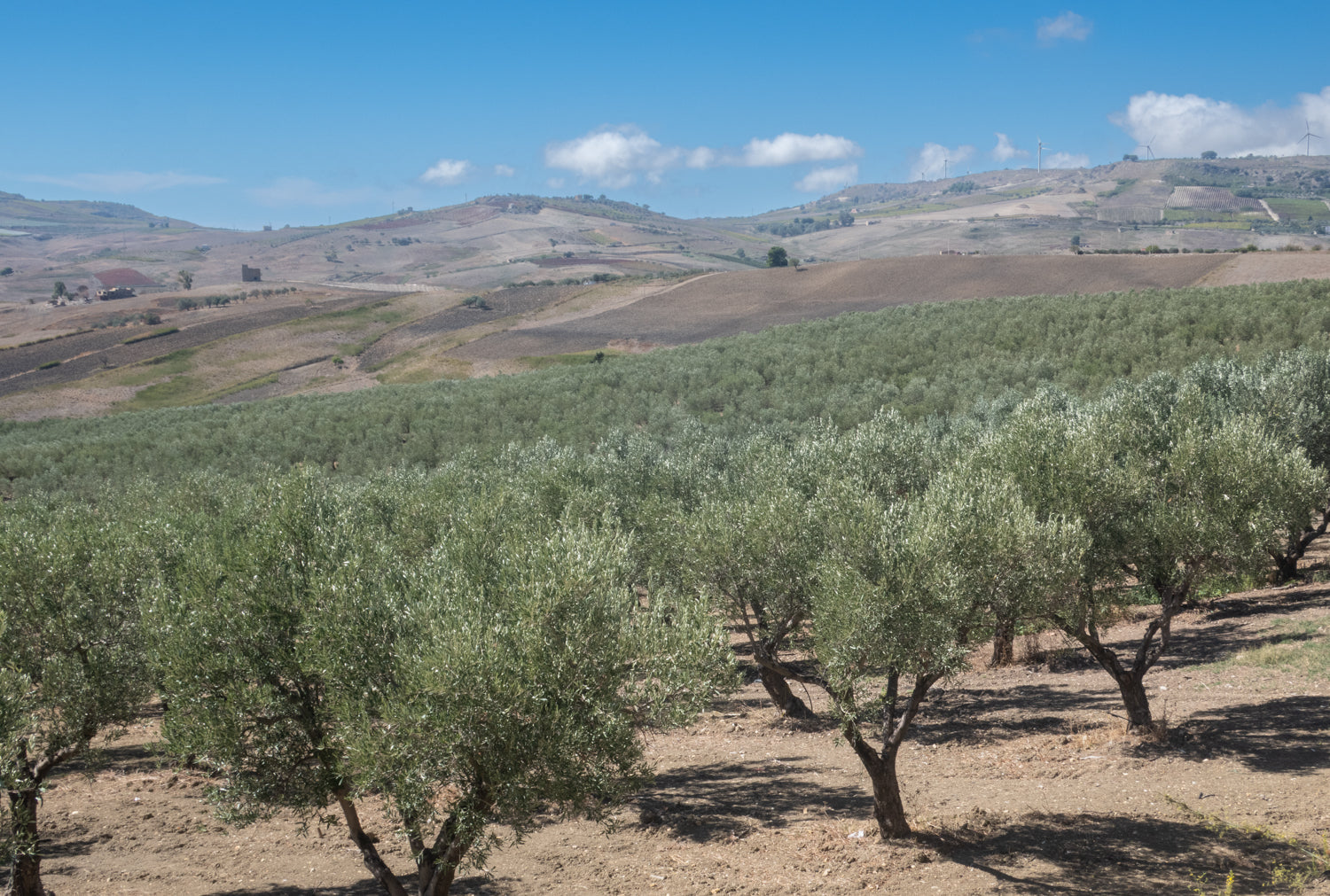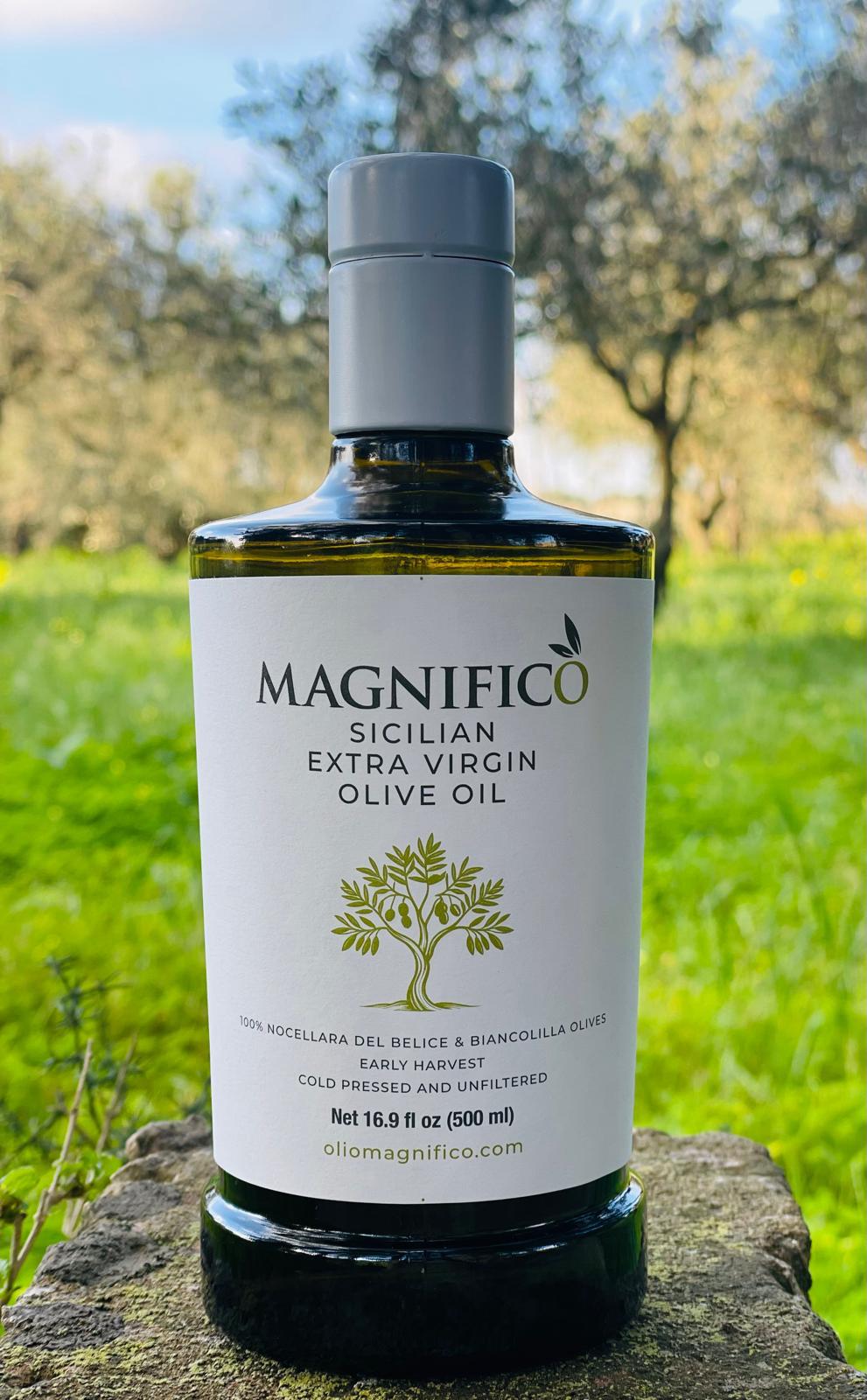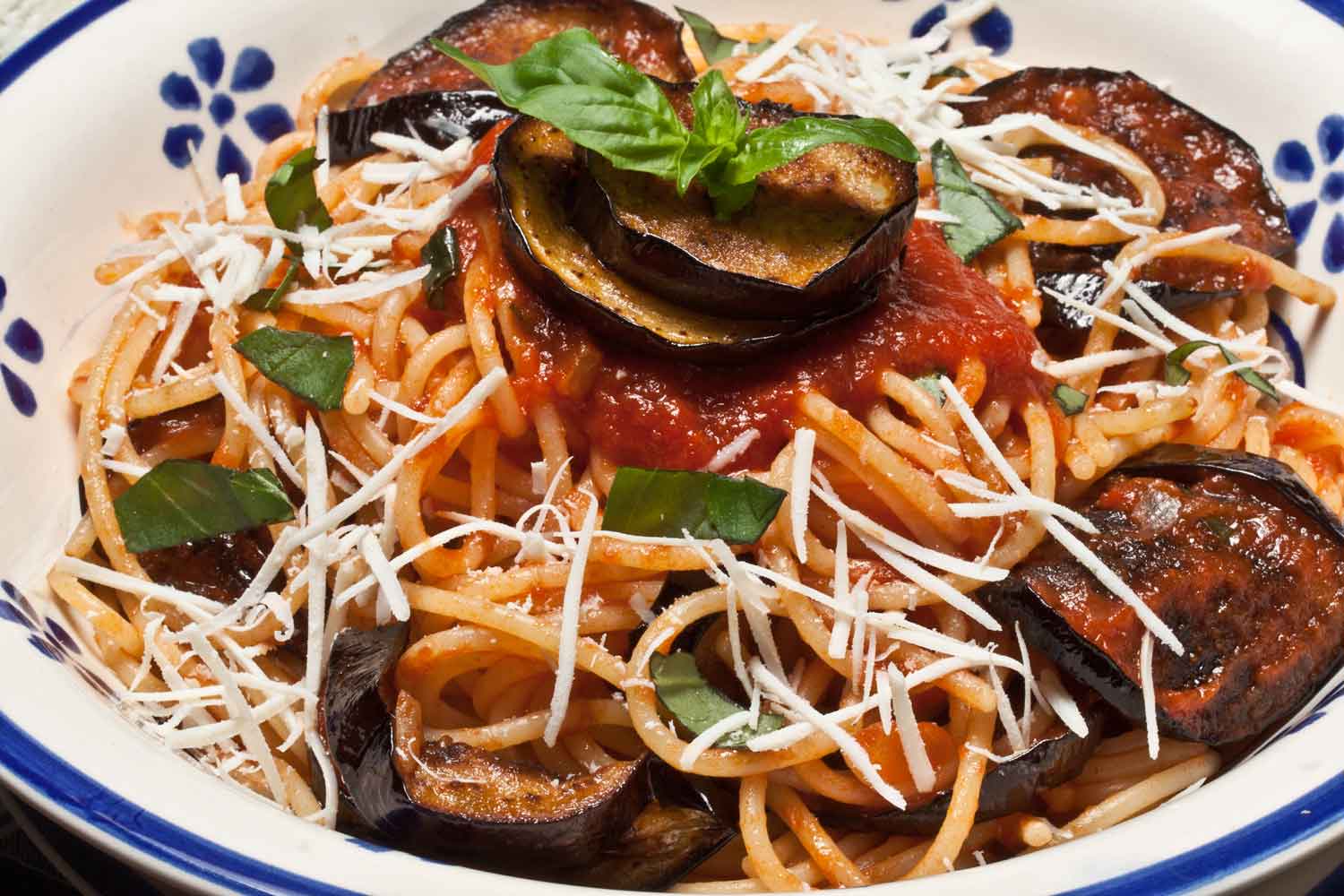
A Sicilian Kitchen: Tradition, Family, and History in Every Bite
Sunlight spills into a Sicilian kitchen, warming baskets of lemons and fresh bread resting on a wooden counter. The aroma of garlic and tomatoes wafts through the air, simmering slowly in olive oil. In one corner, a nonna stirs a sauce that’s been bubbling for hours. In Sicily, food isn’t just about eating. It’s ritual, family, and memory — all wrapped into every bite. The island’s cuisine has been shaped over centuries by time-honored traditions, tight-knit family life, and the influence of cultures like the Greeks, Arabs, and Spanish (Saveur).
Cooking the old way
Traditional Sicilian cooking is slow, sensory, and hands-on. Bread is kneaded at dawn and baked in stone ovens. Tomato sauce simmers for hours. Recipes depend on the land and sea — eggplants from the garden, capers picked along coastal cliffs, or anchovies fresh from the morning catch. Sicilian food lives with the seasons, and cooking is rarely rushed (Mediterraneo Foods).
Many recipes haven’t changed in generations. Arancini — fried rice balls stuffed with ragu or cheese — trace back to Arab times. Cassata, a ricotta-based cake layered with marzipan and candied fruit, remains a signature dessert. In most homes, there are no written recipes. Cooking is learned by watching, remembering, and tasting (Italy Segreta).
The family table
Meals in Sicily are long, social, and full of life. Sundays are sacred. It’s when families gather, often for hours, around tables filled with pasta, meats, vegetables, and sweets. Often the meal is prepared by someone who’s been up since sunrise (Italian Connection Blog).
Children learn to cook by helping in the kitchen — rolling gnocchi, shaping cookies, or stirring pots beside their nonna. These family meals are never quiet. There’s laughter, loud conversation, and always more food than anyone could eat. Strangers become family once they’re invited to the table. Hospitality is a core value (Saveur).
One Sicilian grandmother, Nonna Ciccina of Licata, is known for her baked pasta dish called Taiano. She prepares it for special occasions like New Year’s or big Sunday lunches. She wakes at 5 a.m. to roll pasta by hand, layering it with meat, cheese, eggs, and sauce. It takes days, but for her, it’s a joy — an act of love (Italy Segreta).
History in every bite
Sicilian food is a living history. Over millennia, different cultures settled or passed through Sicily — Greeks, Romans, Arabs, Normans, Spanish — each leaving something behind.
The Greeks brought olive trees, grapevines, and a love for fish and herbs. Sweet-and-sour balance in sauces, like agrodolce, reflects their tastes (Saveur). The Arabs, who ruled Sicily in the 9th and 10th centuries, transformed its cuisine. They introduced sugar cane, rice, citrus, spices like cinnamon and saffron, and new techniques for preserving food. Sorbet and gelato, made from mountain snow and sweetened juice, have Arab origins. Pasta con le sarde — made with sardines, wild fennel, raisins, and pine nuts — still carries their influence today (Wikipedia; Tour of Sicily).
Then came the Spanish, who brought ingredients from the Americas: tomatoes, potatoes, zucchini, peppers, and cacao. Without Spanish trade, there would be no tomato sauce in Sicilian food. In Modica, chocolate is still made the old way, inspired by Aztec methods introduced via Spain (Saveur).
In Trapani, couscous became local. Likely brought by the Arabs and refined through Sicilian tradition, it's served with fish broth and herbs. One writer described it as having one foot in Italy, the other in North Africa — but belonging entirely to Sicily (Saveur).
Savoring Sicily
Sicilian cuisine is a mosaic of cultures and memories. Take caponata, for example. It’s a sweet-sour eggplant dish with tomatoes, vinegar, capers, pine nuts, and raisins. The ingredients come from everywhere — eggplant from the Arabs, tomatoes from the Spanish, sweet-sour balance from the Greeks — but the dish itself is deeply Sicilian.
To eat in Sicily is to taste history and feel welcomed. From cassata in Palermo to couscous in Trapani, every dish carries memory and love. The food is rustic, seasonal, and full of soul. There’s nothing fancy about it — just good ingredients, cooked slowly, and shared with people who matter.
Whether you’re sitting with a big family on a Sunday or being handed a still-warm slice of bread by a nonna in her kitchen, Sicilian food invites you into its story. A story made of olive groves, backyard lemon trees, sea breezes, wood ovens, and the laughter of generations gathered around the same table.


